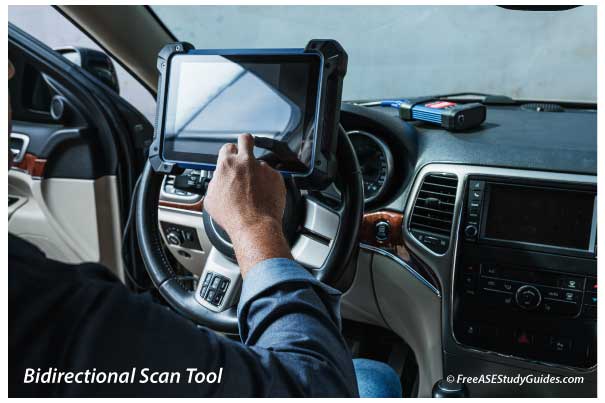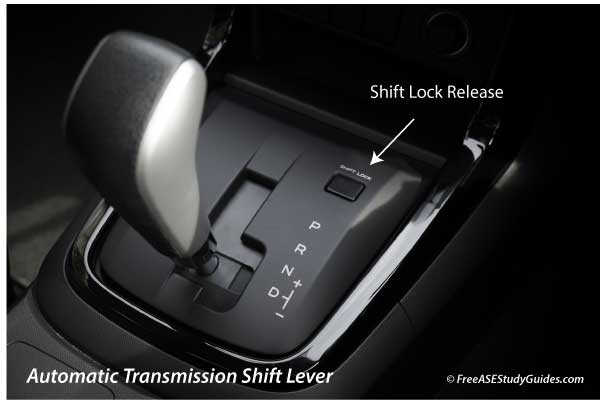Shift Interlock Solenoids

The shift interlock solenoid is a member of the shifter assembly in the center console or the steering column. It locks the shifter in PARK until certain criteria, like having the ignition ON and the brake pedal depressed, occur.

The shift interlock controller powers the shift interlock solenoid only after the brake pedal has been depressed. Then, as current passes through the solenoid, a magnetic field pulls the iron plunger in, unlocking the shifter.

If the shifter does not shift out of PARK, use the bidirectional function test to command the Brake Transmission Shift Interlock Solenoid Actuator output On and Off to test the circuit and the shift interlock solenoid.

If the solenoid only works when commanded ON with the scan tool, inspect and test the system's inputs, like the brake switch/circuit. Check brake light operation to rule out the stoplight fuse and the brake switch as the cause.

Most shifters have a shift lock release button that bypasses the solenoid. If the release button works and pressing the brake pedal doesn't check that the solenoid is receiving voltage from the controller, test the solenoid for resistance with an ohmmeter. The solenoid should pull the plunger in and typically makes a clicking sound when powered ON.